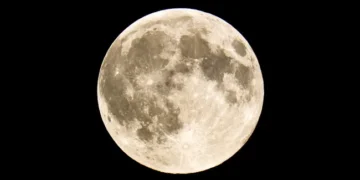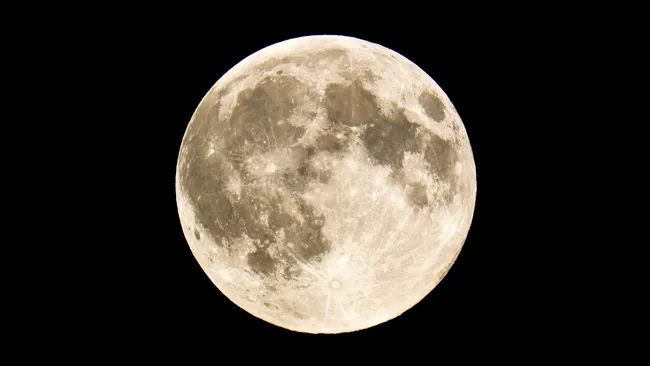As the year winds down and the winter nights grow longer, the Cold Moon takes center stage in the Northern Hemisphere’s sky. Known as the last full moon of the year, this celestial event offers a dazzling display and a chance to connect with the cosmos. Its high arc and prolonged visibility make it a remarkable phenomenon for stargazers and casual observers alike. But what makes December’s Cold Moon so unique, and why should you make time to watch it?
What Is the Cold Moon?
The Cold Moon is more than just the final full moon of the year; it’s steeped in cultural and seasonal significance. Named by the Mohawk people, this lunar event reflects the frigid weather of December in the Northern Hemisphere. It’s also called the Long Night Moon because it occurs near the winter solstice when nights are at their longest. Unlike other full moons, the Cold Moon has a strikingly high and long arc in the sky.
This is due to the Sun’s low position during winter, which places the Moon in the opposite, elevated spot. For those in the Southern Hemisphere, the December full moon appears lower and shorter, offering a contrasting perspective on this celestial wonder.
The Science Behind December’s Full Moon
What exactly creates this enchanting display? A full moon occurs when the Earth is perfectly aligned between the Sun and the Moon, allowing the Moon to reflect maximum sunlight. In December, this alignment coincides with the winter solstice, amplifying its visibility and brilliance.
The Moon’s elliptical orbit also plays a role. Its path around Earth varies slightly, affecting its size and brightness. During the Cold Moon, its proximity to Earth enhances its luminous glow, making it appear larger and more vibrant than usual.
Observing the Cold Moon: Tips for Skywatchers
If you want the best view of the Cold Moon, timing and preparation are key. The peak illumination is expected to reach its peak illumination on Sunday, December 15, at 4:02 a.m. Eastern Standard Time (EST)., but the Moon will appear full to the naked eye for about three days. To maximize your experience:
- Choose the Right Time: The Moonrise and moonset offer the most dramatic views, with the Moon appearing larger near the horizon.
- Find a Dark Sky Location: Avoid city lights and head to a rural area for an unobstructed view.
- Dress Warmly: Winter nights can be bitterly cold, so layer up and bring a blanket or hot beverage.
- Be Patient: Give your eyes time to adjust to the darkness for optimal viewing.
Cultural and Historical Significance
The Cold Moon isn’t just a scientific phenomenon; it’s a cultural milestone with deep historical roots. Many Native American tribes named full moons based on the seasonal changes they observed. For December, the Cold Moon marked a time of reflection and preparation for the harsh winter ahead.
This tradition of naming moons is not unique to Native Americans. Around the world, different cultures have imbued the Moon with symbolic meaning, linking it to agricultural cycles, spiritual beliefs, and storytelling. The Cold Moon, in particular, serves as a reminder of humanity’s enduring connection to the natural world.
December’s Astronomical Highlights
The Cold Moon is just one of several celestial events in December. This year, it coincides with the Geminid meteor shower, offering a spectacular double feature for skywatchers. The Geminids, known for their bright and colorful meteors, peak on December 13-14, aligning with the cold moon.
Additionally, December marks the winter solstice on December 21, the longest night of the year in the Northern Hemisphere. This astronomical event, caused by Earth’s axial tilt, signals the start of winter and offers another opportunity to ponder our place in the universe.
Conclusion
As the Cold Moon graces the December sky, it offers a final celestial spectacle to end the year. Whether you’re a seasoned astronomer or a casual stargazer, this lunar event is a must-see. So bundle up, find a dark spot, and let the Moon’s silvery glow inspire you. And don’t forget to mark your calendar for the next full moon—the Wolf Moon in January—because the wonders of the night sky are always within reach.



















